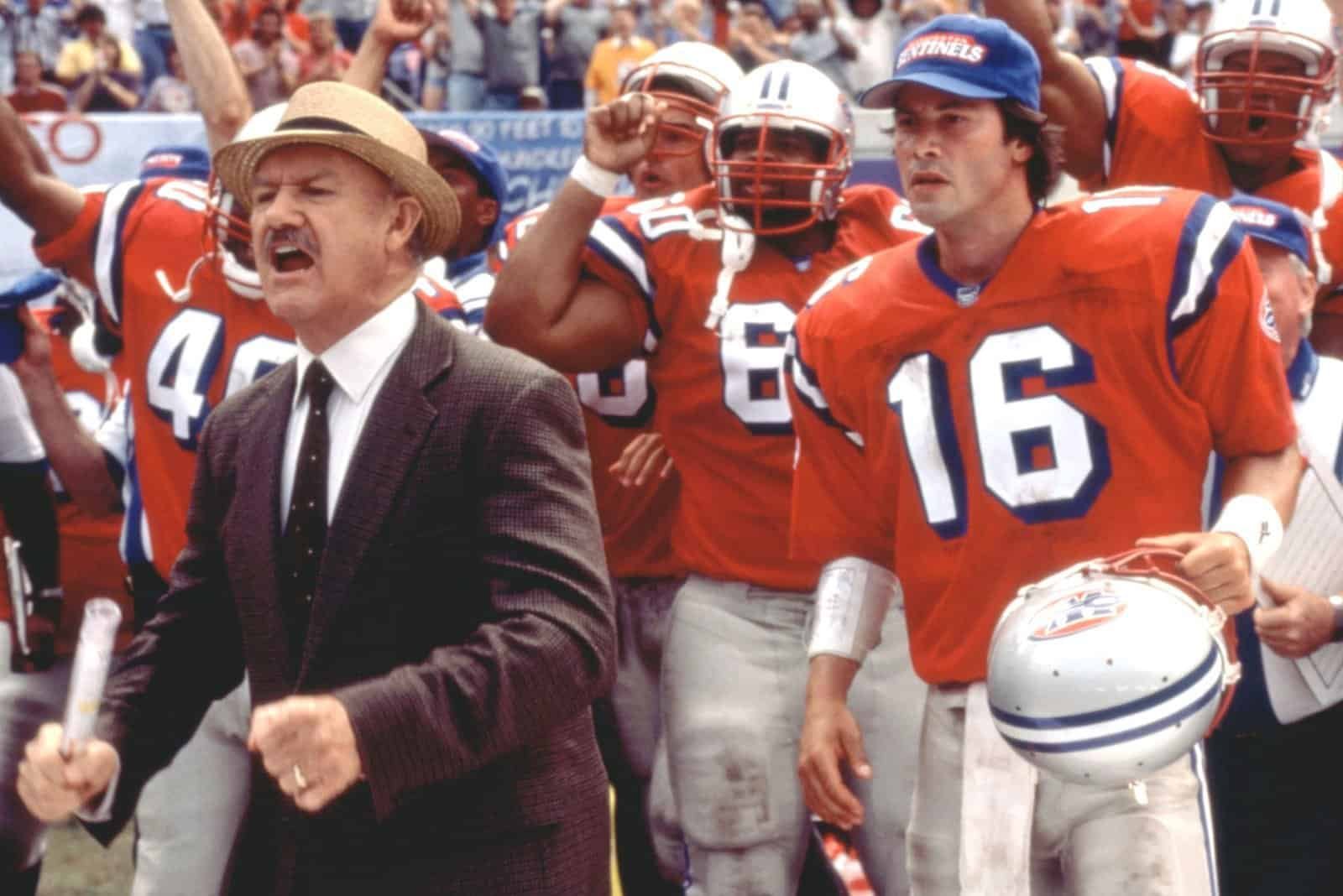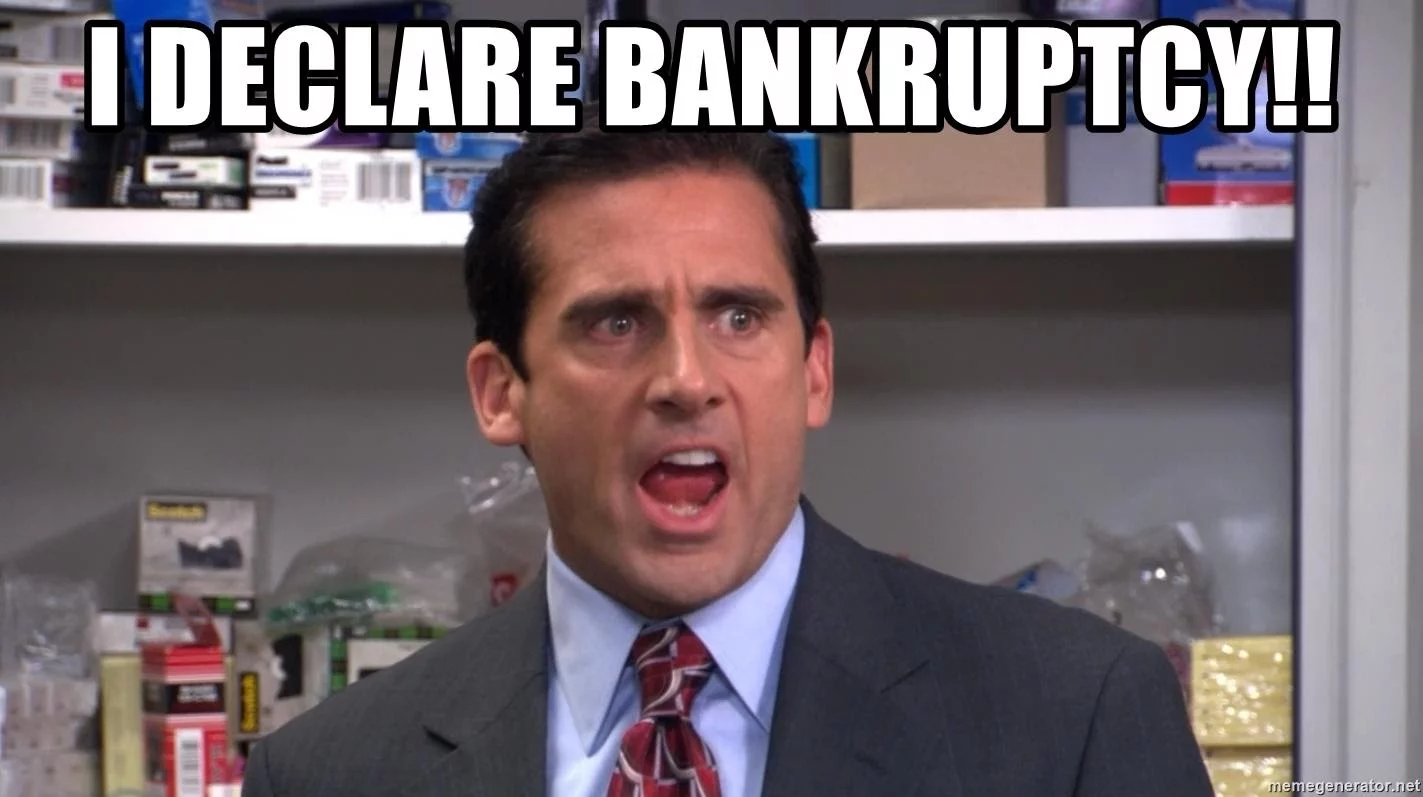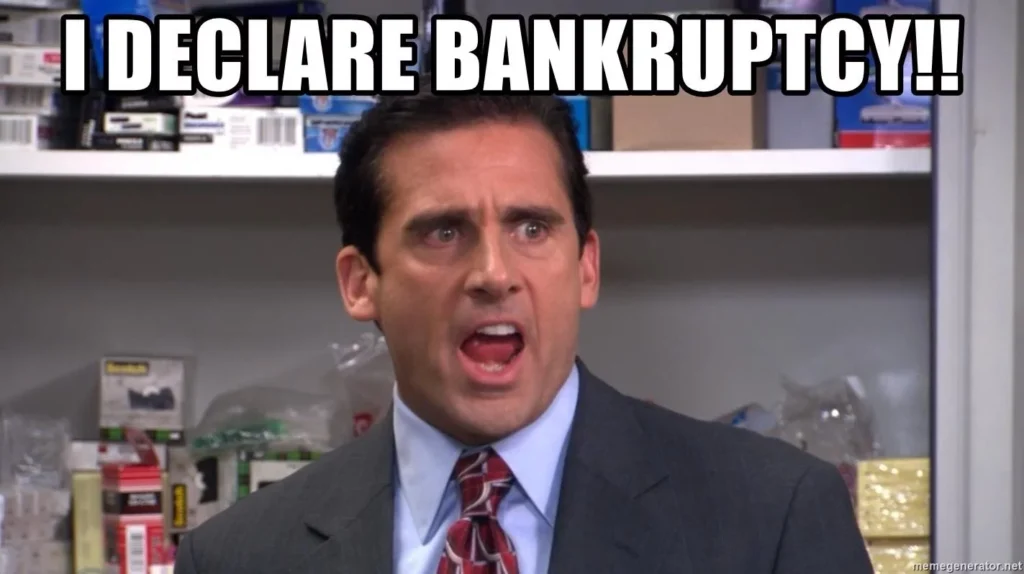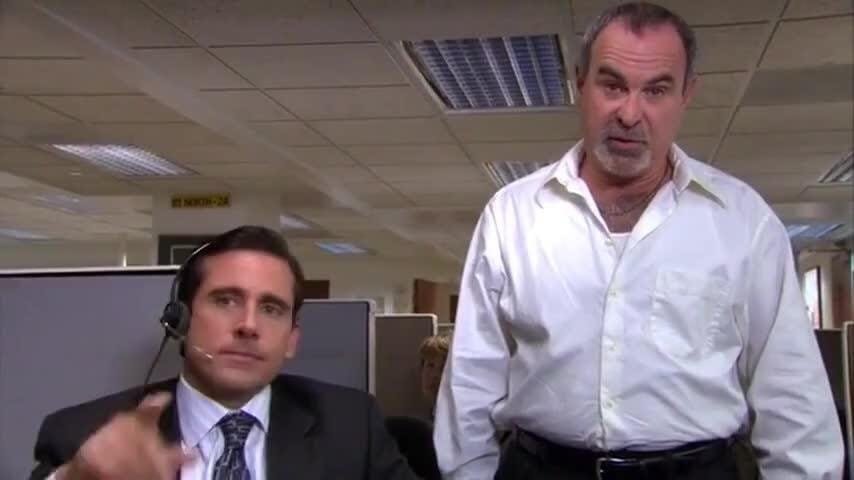There’s Always Someone Cooler than You: What Ben Folds Can Teach Us About Sales Demos and Presentations explores unique sales and presentation strategies inspired by the music of Ben Folds.
I’m a big fan of Ben Folds. I’ve listened to his work countless times, and know most of his songs by heart. I even asked the piano player from my wedding band to learn The Luckiest to play as the processional song.
Folds is one of the greatest living pianists, especially in rock/pop music — both Billy Joel and Elton John, the former being literally known as “The Piano Man,” have told Folds he’s a better piano player. But besides his talent as a player, he’s an extraordinarily talented songwriter, and is a master of what I’ll call “snark rock.” Who else could write songs covering such wide topics: that time he threw a phone in a pool and Kesha was there (Phone in a Pool); that time his friend climbed a tree, dropped acid, and came back different (Not The Same); a moving tribute to Elliott Smith (Late); or telling his son “you’re so much like me, I’m sorry” (Still Fighting it)?
In 2003 he put out an EP called Sunny 16, which opened with the song There’s Always Someone Cooler Than You. The song is about exactly that — no matter how good you are, there’s always someone better. In sales, that someone better is usually a competitor. So I’ve found this song to be particularly relevant when the topic of competitive differentiation comes up in a sales meeting, though somehow I doubt that was the intent of the song.
Let’s dive into what Ben Folds can teach us about sales presentations through his unique music.
What is cool?
“There’s one thing you should know, what’s hip today might become passe.” – Tower of Power
Technology sometimes feels like fashion; things move quickly, and it can be hard to know what will last and what will simply be a fad. Except for NFTs, which I think are the “pogs of technology” — a thing no one quite understood, yet many bought into, and now they are essentially worthless.
Enterprise software isn’t *quite* as finicky as consumer tech, but there’s no shortage of technologies that seem cool without any sort of real practical value. For example, there’s no way people are going to have business meetings in VR/the metaverse – after all, how can you scroll social media on your second monitor if your monitor is a pair of glasses?
It’s never been easier to try out a new technology, which is why most enterprises run into “shadow IT” (using unauthorized software at work, particularly applications that connect to the network). With things moving so quickly, your prospects are one cold call away from hearing about the next big thing.
Here’s the good news: cool isn’t always valuable, because value is in the eye of the beholder. After all, if cool were the only purchase criteria, we’d expect conversion rates to be a whole lot higher than an industry average of 15-25% (Reprise).
Even worse, cool can sometimes hurt a demo or presentation. One of my personal pet peeves is when presenter shows something the audience doesn’t care about, yet they tout how it’s “game changing.” Even worse is when they make claims about it being a differentiator. Sometimes it is, and sometimes it isn’t (more on that later), but more importantly, a differentiator only matters if the audience cares.
Let’s say you want to buy a sports car. You go to the dealership, and the salesperson shows you a little red Corvette (yes, I know that song’s not actually about a car). As they walk you around the car, they point out the dual-clutch automatic and talk about all the benefits, and why it’s differentiated compared to other sports cars. But if you want a manual transmission (because sports cars should only have manual transmissions, but I digress), then it doesn’t matter how great the automatic is. That feature is meaningless to you because you don’t want it.
It’s the exact same in B2B. You could have the most advanced version of a feature. But if your competitor’s feature set is better aligned with your prospect, then they are already cooler than you.
You can get outsold
Not too long ago, I was having trouble with my bass guitar. My band, Fascinator, was a week away from recording our first EP (should be on Spotify soon!), so I brought it to the local Guitar Center as the tech could look at it that day. Without recounting the entire adventure, it ended up being a lot of trips, and ultimately ended with me buying a new Schecter bass.
On a few occasions I brought my young kids, and the employees went out of their way to be kind to them. I remember one of the employees saying to me “I remember what it was like to be a kid at Guitar Center.” Compare that to the local store, where they just acted annoyed that my kids were there (I normally prefer local stores, just not that local store). Next time I need something I’ll go back to that Guitar Center, not because of a particular affinity to the brand, but because the people at that specific store were kind to my kids.
While that’s a B2C example, B2B is also about humans. Humans who make irrational decisions. Humans who don’t always pick the “best” (on paper) or cheapest option, but the option they like. After all, we all make decisions emotionally and then justify them rationally. You could have the best product out there. But if someone else does a better job selling, the product starts to matter a whole lot less.
I’ve won deals where I know the product was not as good as the competitors’. I’ve lost deals to products I know were worse than mine. I know I’m biased, having been a sales trainer for so many years, but this is why training and skill development matter so much in sales. If I have a choice between the best product and the best sales team, I’ll take the best sales team every time.
Connecting is more valuable than being cool
I’ve seen a lot of sales decks whose authors were trying to be cool. Super fancy PowerPoint templates. Professionally designed graphics. Charts and graphs. But here’s the problem: those decks are often built by marketing teams who never present them to a customer. This isn’t to knock marketing teams — they absolutely add value to an organization — but creating the deck and presenting the deck are two very different skill sets.
Whenever I make a deck, I have only one rule. OK, fine, I have more than one rule, but this one’s the most important: the audience should never be able to figure out my presentation if they only have the slides. It should only make sense if I’m presenting it. After all, if I can give someone the slides and they know exactly what I’m going to say, then why present at all? At that point, my presentation can just be an email.
That’s why my decks are pretty much all memes (which I think is cool, but someone in their *very* late thirties saying “I think this is cool” doesn’t count a whole lot). This, of course, presents a risk: memes may not land with an audience, particularly international audiences. So I have a rule (and we’ve established there’s more than one): The audience doesn’t have to get the joke, but the point needs to be clear. You don’t have to know the source material for a random Arrested Development meme, but “I’ve made a huge mistake” is pretty self-explanatory.

I don’t just use memes — I also love using whiteboards, even if my handwriting is the same as that of a child with bad handwriting. People pay attention to whiteboards. It engages audiences, and they want to know where I’m going. Hell, James Cameron sold Aliens with a whiteboard. A whiteboard is also a cue that I know what I’m talking about, because I’m not simply reading slides.
Being Different In Your Sales Approach Is Often Enough To Advance Your Deal
We’ve established that competitive differentiation in sales doesn’t always come from what you sell, but how you sell. And this isn’t just for external/customer-facing sales, but for internal sales as well.
When I was working in strategy at IBM, I led a project that required buy-in from every product manager, and the General Manager of the business unit was my primary stakeholder. I remember getting on a call with him to give an update and outline my next steps. After the pleasantries, I started talking about the project. He stopped me and asked where the slides were. I told him there were no slides, to which he immediately said “that’s amazing.” He looks at slides all day, and just by virtue of him not looking at slides my meeting went incredibly well. I of course sent a follow-up deck to his executive assistant following the meeting so he’d have the content. That day, maybe even that week, I was cooler than anyone else who presented to him.
Make me feel tiny if it makes you feel tall

Ben Folds’ songs provide unexpected and valuable sales lessons. As you saw in this post, we can think of There’s Always Someone Cooler Than You when handling the competition in sales.
Let’s say you’re in a meeting, and your competition comes up. There are a few ways to deal with a discussion about competitors, but no matter how you handle it, I strongly believe that going after your competitors is a mistake. A big reason is you end up looking bad in the process. It often comes off as petty, or, as Ben Folds says (sings?) “make me feel tiny if it makes you feel tall, but there’s always someone cooler than you.” I’ve worked in industries where some vendors were known for playing “dirty,” and going after their competitors in meetings. And sometimes it worked. But as their reputation became better known, it started to hurt them. I’ve even worked a few deals where prospects specifically cited that vendor’s reputation as the reason they weren’t looking at them.
And don’t forget, things move quickly in tech. To quote the song again, “yeah, you’re the shit but you won’t be it for long, oh, there’s always someone cooler than you.” Any product team worth their salt takes feedback from sales, and if there’s a feature that’s costing your competitor deals, there’s a good chance they’ll prioritize it in their roadmap. After all, today’s differentiator is just tomorrow’s table stakes.
In sales, especially tech sales, we’re always dealing with competitors. Sometimes your competition is another vendor, sometimes your competition is the status quo, and sometimes your competition is an unrelated project when finance won’t fund both. But no matter what, there will be competition whether you like it or not. All you can do is be confident in yourself and confident in what you’re selling. Don’t give your competitors free advertising; instead, focus on what makes you great. Or, as the song goes:
“Smile, like you’ve got nothing to prove, no matter what might you might do, there’s always someone out there cooler than you.“
Want more content like this delivered straight to your inbox? Subscribe today! I promise not to spam you, sell your information, or do anything else that would disappoint my mom. Well, no promises on that last one.
What do you think? How have competitors impacted your deals? Let me know in the comments!








